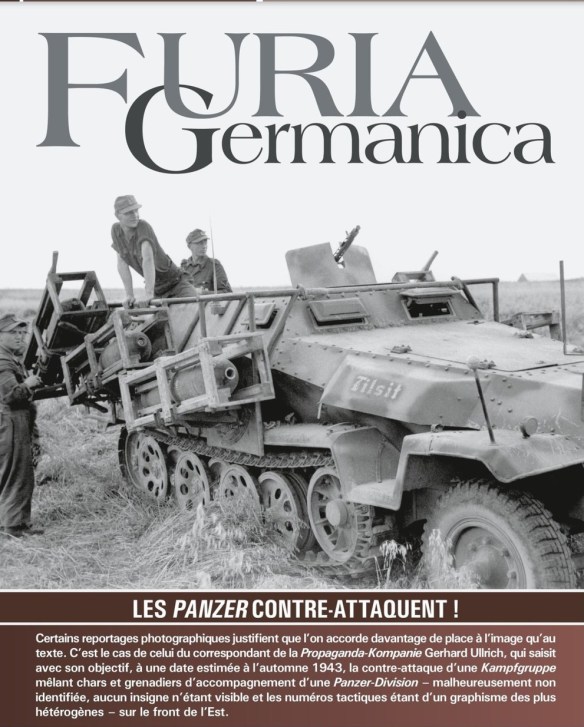ARMORED BATTLE GROUPS
As the war continued, antitank defenses increased and it became increasingly important to react more flexibly to developing situations. Large maneuver elements were often not in a position to do that. Combat-ready tanks (at times without concern for what company they belonged to) were assembled into a “gepanzerte Gruppe” (armored group) and reinforced with SPW-Kompanien (armored-personnel carrier companies). These then formed so called “Panzerkampfgruppen.” Panzerpionier and artillery forces were generally assigned to support them. Depending on the situation, the Panzeraufklärungsabteilung might also be involved. In this case, however, it was frequently employed more in the role of a (light) Panzergrenadierbataillon than for reconnaissance purposes. Divisions that had two Panzerabteilungen could also form two Kampfgruppen, though one of the battalions would have to work with a towed artillery battalion supporting it.
This combination of armored forces proved to be the most successful organization of troops. Only the “purebred” combination that was the Panzerkampfgruppe constituted a team of combined arms. It could work together in ideal fashion due to its armor and comparable operational and tactical mobility. None of the different branches had to exert undue concern for the other or employ it in a situation that endangered it.
The non-armored portion of the division served as the reserve, guarded areas or acted as normal positional troops in defense. That often caused logistical problems, since the Schwerpunkt (point of main effort) usually had to be with the Panzerkampfgruppe. Additional problems arose because no staff for the Kampfgruppe was permanently organized. Instead, it had to be formed by arbitrarily taking people from the parent organization. It would have been more proficient to have a permanent personnel organized for it. Armored battalions were also not given the logistical capacity to operate separately.
The organization and equipment of the Panzeraufklärungsabteilung also did not prove successful. Rather, it left the regiments and battalions lacking their own efficient reconnaissance elements. As for the Panzerjägerabteilung was concerned, it was increasingly proposed to integrate it by companies into the infantry regiments or even into the Panzergrenadierbataillone, since the antitank battalion was only suitable for limited separate employment anyway.
The Panzerkampfgruppe as an organization was not officially introduced during the war. Instead existing organizations were improved incrementally, such as by the formation of supply companies. Inadequate to the end were the numbers and the outfitting of the Panzergrenadiere, the latter due to the lack of adequate production of SPW’s. Most were only motorized and, in fact, really only infantry, since they had to perform all assignments dismounted.
